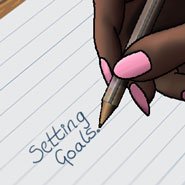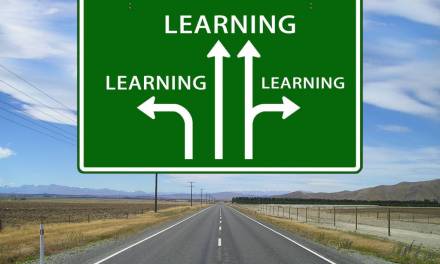Fake news is everywhere and, if adults are susceptible, children are even more vulnerable to being hoodwinked by it.
A report delivered by the Commission on Fake News and the Teaching of Critical Literacy Skills found that half of children are worried about being unable to spot fake news while only 2% of them have the critical literacy skills to assess whether a story is fake or not.
With the same report highlighting that 60% of teachers are concerned that fake news is damaging children’s well-being, it’s clear that schools are on the frontline of fake news and teachers need to be equipped with strategies to help students deal with it.
Here are 5 simple strategies to help children figure out what’s fake and what’s not. As well as this, tools can be downloaded from the National Literacy Trust to help schools and teachers.
1. Check the Headline
Assemble a collection of headlines, some from fake news and others linking to real stories. Often, fake news headlines will be designed to encourage clicking, so they use sensational language and ask outrageous questions.
Have pupils sort the headlines into two piles and see which ones they can’t easily categorise.
2. Interrogate the Realism
Sometimes headlines might not have exaggerated language, but they might still sound a little too bizarre to be true. Show children the first paragraph of some stories that test the limits of realism and encourage them to ask a few questions.
For example, new stories that include one strange element like an escaped leopard might be real, but an escaped leopard running around the grounds of Buckingham Place being chased by Prince Harry wearing a tutu has far too many bizarre elements involved.
3. Look at Multiple Sources
One easy way for anyone, child or adult, to check whether a news item is fake or not is to check whether other sources are reporting the same story.
Teaching them how to do a simple online search and highlighting which websites count as reputable sources can be the difference between being caught out by fake news and ignoring it.
4. Fact Checking
In fake news, basic fact checking is often neglected in favour of sensationalised language.
So, run through a couple of fake news articles that children might not flag up immediately as fake content. Ask them to identify the so-called facts in the article and let them work out where they’d find out whether something was true or not.
For example, if an article says that Ariana Grande assaulted a fan in Madrid, finding out if she was in Madrid at the time the alleged assault happened might be solved by checking her tour dates and social media profiles.
Getting students to think critically is possibly the most important weapon against fake news.
5. Question the Voice
Read out two stories to a class – one that is from a reputable site such as BBC News and another from a fake news site.
There will often be a huge difference in language used and which words are emphasised with capital letters or bold type. To make this exercise slightly trickier, choose an accurate article from a tabloid or gossip website that uses the same type of language but is representative of a true story.








